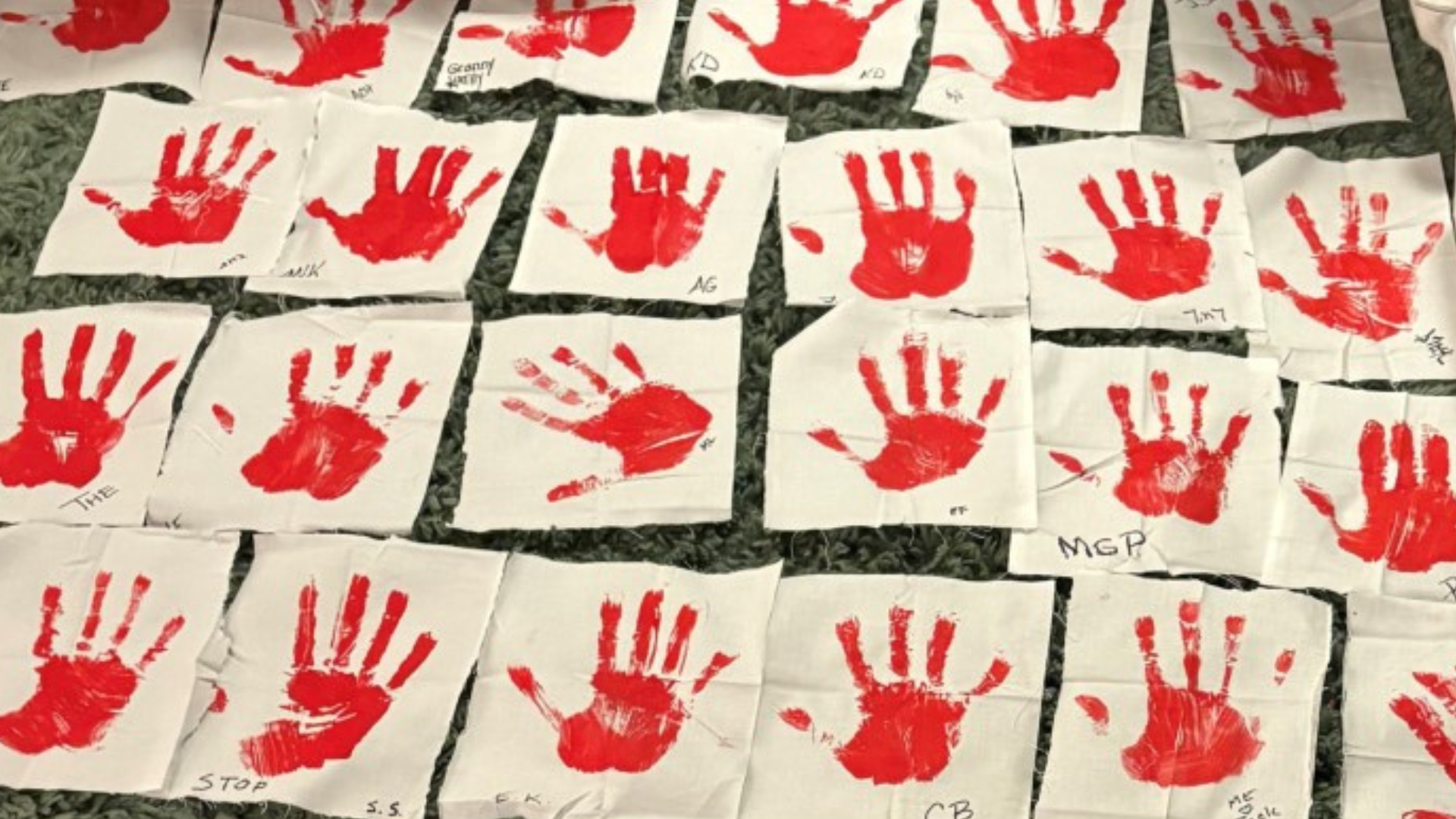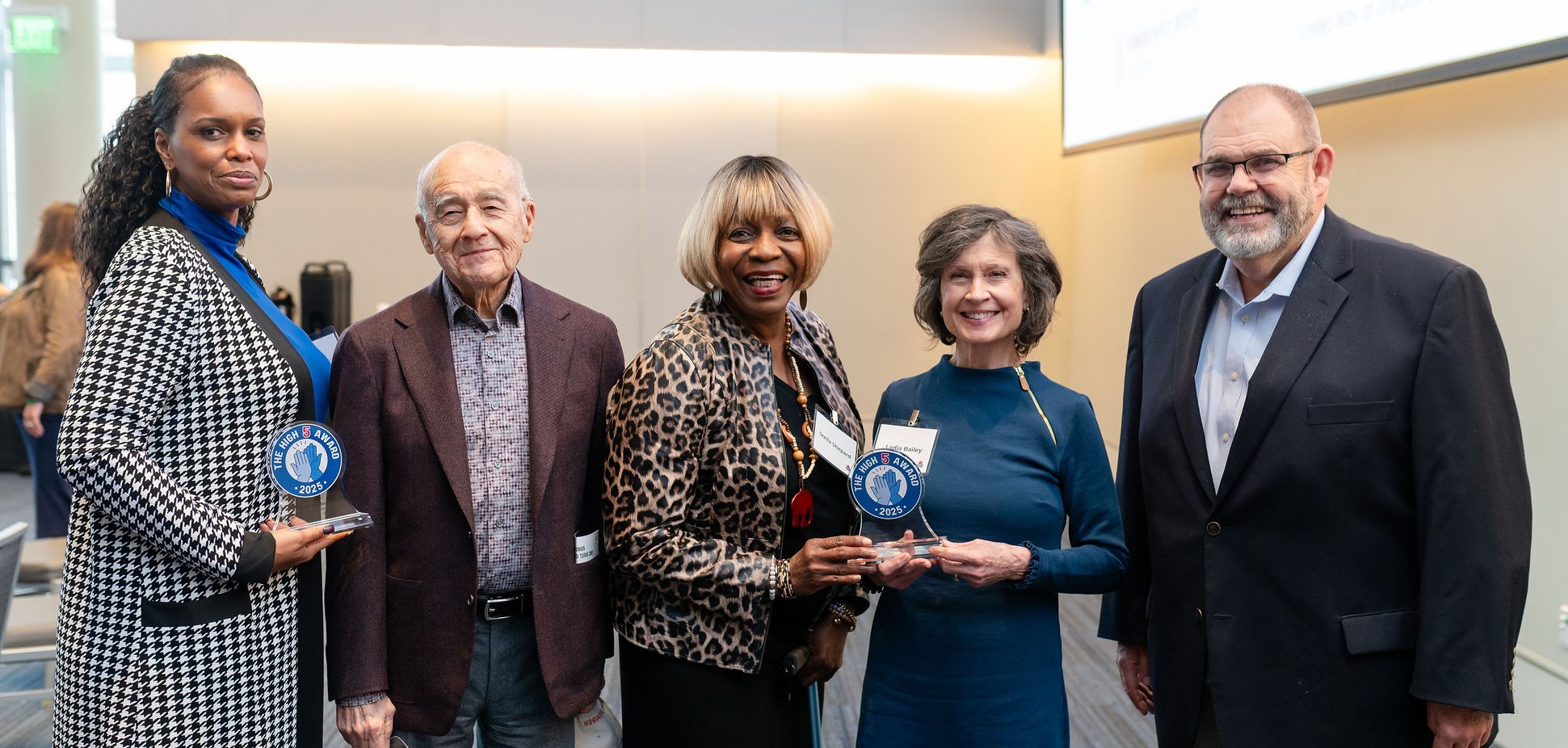By: Dr. Susan Righi, M.D., Guest Author
For the past several years, many members of the staff and Board at The Center for Community Solutions have held informal discussions to talk about implicit bias, police brutality and racism. Our goal in the coming months is to encourage communities around our region and the state to begin the process of researching their communities’ histories surrounding racial violence and lynching, and to convene around the goal of participating in the Equal Justice Initiative's Community Remembrance Project. The guest blog below highlights an effort to remember racial violence and lynching in Athens County.
“[I] had for months feared trouble was coming on me.” These words, written by Christopher Davis from his prison cell to his wife in 1881, are now memorialized on an historical marker installed in Athens, Ohio. I was blessed to be the coordinator for the community group that work with the Equal Justice Initiative to lift up the history of the brutal lynching of Davis, a 24-year-old farmhand.
When I heard that the Equal Justice Initiative opened the National Memorial for Peace and Justice and the Legacy Museum: From Enslavement to Mass Incarceration in the spring of 2018, I went to the website and found the interactive map that allows one to search each state and county for the racial terror lynchings documented by EJI. When I clicked on Athens County, Ohio I was shocked to see that we, too, shared in this horrific history.
When I clicked on Athens County, Ohio I was shocked to see that we, too, shared in this horrific history.
That was the impetus for the formation of the Christopher Davis Community Remembrance Project, which worked in conjunction with EJI. It grew organically. Every person who was invited to join was eager to do so. Ada Woodson Adams, President of the Multicultural Genealogical Center in Chesterhill, OH, a repository of history of Black people in our region, provided a solid tie to the Black community. The Southeast Ohio History Center staff saw the importance of the project and was fully on board. We reached out to others whose skills we needed, including the Department of History at Ohio University; a retired professor in communications from West Virginia State University, one of the country’s Historically Black Colleges and Universities or HBCUs; an actor who helped create an engaging and moving commemoration; a high school teacher who helped with the essay contest that EJI sponsors in conjunction with the placement of historical markers; and others.
One of our early tasks was identifying the actual site where Davis was lynched.
One of our early tasks was identifying the actual site where Davis was lynched. The base of the old bridge from which he was hanged was identified and cleared of brush. The city’s Historic Preservation Commission advised on the selection of the historical marker site. Several people dug deep into the history of the events that led to Davis’ murder. Delving into the specifics was crucial to develop the language for the historical marker, done with guidance from EJI. Reading all the local and regional news and commentary of the time highlighted the intensity of the deep-seated racism that enabled the killing of Davis and the failure to prosecute any of the known assailants in the lynching mob. We attempted to trace his descendants – he had a daughter and a son – but were unsuccessful because of inadequate records from the late 1800s.
In September 2019 we held a soil collection ceremony at the base of the old bridge. More than 300 people attended, triple the number we expected. Some brought flowers and all were eager to bear witness to this suppressed history. It was a powerfully moving culmination to
what was then a full year of work. Soil from the site is now at the National Memorial for Peace and Justice in Montgomery, AL and at the Southeast Ohio History Center in Athens. Gabrielle Daniels was our main contact person at EJI. She delivered an eloquent speech at the soil collection event. She has been wonderfully patient and helpful throughout.

The Christopher Davis Community Remembrance Project partnered with EJI to install a historical marker in Athens, Ohio, in June 2020 to memorialize the 1881 lynching of Christopher Davis. Courtesy Equal Justice Initiative
At several steps of our process she gave thoughtful and empathic feedback on keeping our focus on Davis and avoiding centering whiteness.
This work, and the public acknowledgement of the horrors of racism continues to tear more blocks from the foundation of white supremacy in this country.
Because of COVID-19 we had to postpone our marker dedication ceremony and will be holding it virtually on the anniversary of Davis’s death. Thankfully, my expectation that the completion of our project would bring this work to a close was wrong. It is good to know that it is having a ripple effect, as groups in other communities are inspired by our success in Athens and galvanized to research their own histories. This work, and the public acknowledgement of the horrors of racism continues to tear more blocks from the foundation of white supremacy in this country. Several times when making arrangements or writing about the soil collection at the site of Davis’s murder, I found myself typing “soul collection.” Yes, indeed, this work is helping reclaim our souls.








